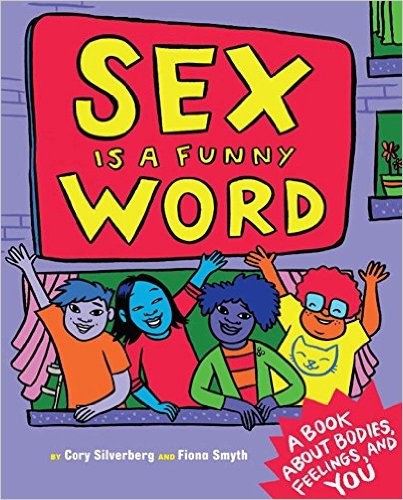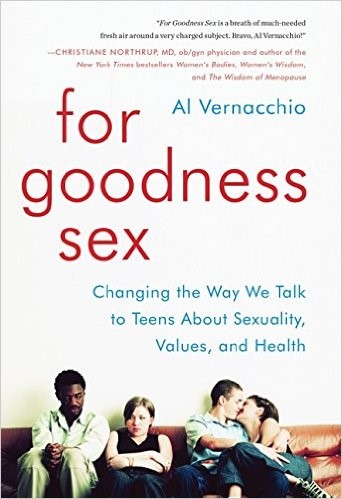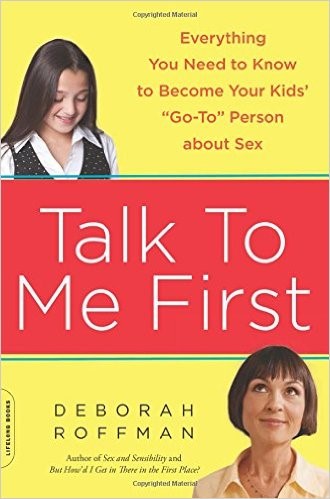What Are STDs? #FactCheck
This video defines sexually transmitted diseases (STDs) and describes how they can be spread. It also states that some STDs are fairly common, some STDs can be cured and others cannot, but symptoms can be managed through medication. The video describes common symptoms of STDs (although not all STDs cause symptoms) and emphasizes getting tested if you experience these symptoms or if you have unprotected sex. It then lists the different tests (blood, urine, saliva or discharge swab), where to get tested (health care provider, family planning clinic, STD clinic), and that you should get tested at least once a year even if you are having protected sex, as some STDs can cause serious health problems later in life if left untreated. Finally, the video emphasizes using condoms and latex barriers to prevent STDs and getting tested regularly. [AMZ-034]
Youth
You may have heard of sexually transmitted diseases (STDs), also called sexually transmitted infections (STIs). They are more common than most people think and are transmitted through sexual behaviors with someone who already has an STD. Getting tested regularly is super important if a person is having oral, anal or vaginal sex or engaging in genital-to-genital rubbing with a partner.
STDs are also easy to prevent. If you don’t engage in sexual behaviors, you don’t have to worry about STDs. But when a person does decide to engage in sexual behaviors, condoms and dental dams are highly effective at reducing the risk of getting an STD.
FAQs
Herpes is the only STD that can be passed through kissing. This usually happens when one person has a sore on or around the mouth and then kisses another person. It can also happen during a select number of days throughout the year when the virus is more active in a person’s body and when they may have no symptoms at all.
The only 100-percent effective way to avoid getting an STD is to abstain from sexual touching below the waist, such as rubbing bodies without clothes, vaginal-penile sex, oral sex and anal sex. Your next best bet is to practice safer sex, such as using either a male or female (internal) condom and/or dental dam every time you have any type of sex. Once you start having sex, it’s also important to get tested regularly for STDs and to ask your partners to do the same.
A condom is a thin piece of latex, polyisoprene or polyurethane that is worn over the penis during oral, anal or vaginal intercourse to prevent pre-ejaculatory (pre-cum) fluid or semen from entering a partner’s mouth, anus or vagina. Condoms can be made of latex, polyisoprene, polyurethane and natural skin, but only latex, polyisoprene and polyurethane condoms prevent the transmission of sexually transmitted diseases.
Parents
STDs are diseases, infections or illnesses that can be transmitted from one infected person to another through sexual contact—from sexual touching (genital-to-genital contact) to any kind of sexual intercourse (oral, anal or penile-vaginal sex).
There are many different STDs. Some are not very serious. Others can be very serious. Many people also believe that they will know when they have an STD, when in reality most people who have an STD do not experience any symptoms.
It is common for young people to hear many myths about STDs, so having a trusted adult in their lives that they can talk to about this topic is important. There is also a lot of stigma around having an STD, even though it is quite common to have one at some point in your life.
Even though most people don’t like to talk about STDs, it is important for caring adults to talk with young people about STD transmission and prevention, hopefully before young people begin engaging in sexual behaviors with a partner. While it is good to normalize STDs, it is also important to be clear with young people about how STDs can affect them and why it is important to practice safer sex.
Before young people begin engaging in sexual behaviors, they should know how they can reduce the risk of contracting an STD by decreasing their number of sexual partners, getting tested before sexual activity, and properly and consistently using latex barriers, like condoms, female (internal) condoms and dental dams. Research shows that young people whose parents talked to them about condoms before the young person began having sex are more likely to use condoms at first intercourse and thereafter.
It’s also very helpful for young people to know how to get tested once they begin having sex. STD testing and treatment is offered through your family doctor or at most family planning clinics and community health centers. STD testing often involves either a urine test, a simple blood test or a mouth swab. Young people should understand that many STDs can be treated with medicines provided by a doctor, but there are some STDs that cannot be cured.
Talking about STDs with the young people in your life lets them know that they are not alone and that they can come to their parents or guardians when they have questions or need support.
CONVERSATION STARTERS
If you start essential conversations about topics like STDs with your children, then they will know they can come to you with questions. The easiest way to start these conversations is to talk about issues as they arise in everyday life while you are doing things like watching TV together. Symptoms, testing and condoms may not just come up in conversation, but it is important to talk about these issues. Below are some ways to start these conversations:
For example, while at the doctor’s office for your child’s checkup, you can talk to your child about Gardasil, the vaccine that protects people from nine types of HPV—a sexually transmitted disease.
If a sex scene comes up on TV, there is an opportunity to talk about whether the partners talked about safer sex or used a latex barrier, like a condom or dental dam. While you may be nervous about having these conversations, a simple, “Wow, do you think they’re worried about STDs?” is one way to start the conversation.
If you are shopping in the market or a drugstore together, walk up the aisle where the condoms are hanging and ask your child if they know what condoms are and how they are used. Purchase a pack to take home and open so your child can see what they look like and how they are used.
Educators
STDs are diseases, infections or illnesses that can be transmitted from one infected person to another through sexual contact—from sexual touching (genital-to-genital contact) to any kind of sexual intercourse (oral, anal or penile-vaginal sex).
There are many different STDs. Some are not very serious. Others can be very serious. Many people also believe that they will know when they have an STD, when in reality most people who have an STD do not experience any symptoms.
It is common for young people to hear many myths about STDs, so educating them about this topic is very important. There is also a lot of stigma around having an STD, even though it is quite common to have one at some point in your life.
Education about STD transmission and prevention should start hopefully before young people begin engaging in sexual behaviors with a partner. While it is good to help young people understand that STDs are relatively common, it is also important to be clear with young people about how STDs can affect them and why it is important to practice safer sex.
Before young people begin engaging in sexual behaviors, they should know how they can reduce the risk of contracting an STD by decreasing their number of sexual partners, getting tested before sexual activity, and properly and consistently using latex barriers, like condoms, female (internal) condoms and dental dams.
It’s also very helpful for young people to know how to get tested, if they think they might have an STD. STD testing and treatment is offered by most family physicians and at family planning clinics and community health centers. STD testing often involves either a urine test, a simple blood test or a mouth swab. Young people should also understand that many STDs can be treated with medicines provided by a doctor, but there are some STDs that cannot be cured.
Educating young people about STDs lets them know that they are not alone and that they can ask questions or seek help when they need it.
It is common for young people to hear many myths about STDs, so educating them about this topic is very important. There is also a lot of stigma around having an STD, even though it is quite common to have one at some point in your life.
Education about STD transmission and prevention should start hopefully before young people begin engaging in sexual behaviors with a partner. While it is good to help young people understand that STDs are relatively common, it is also important to be clear with young people about how STDs can affect them and why it is important to practice safer sex.
Before young people begin engaging in sexual behaviors, they should know how they can reduce the risk of contracting an STD by decreasing their number of sexual partners, getting tested before sexual activity, and properly and consistently using latex barriers, like condoms, female (internal) condoms and dental dams.
It’s also very helpful for young people to know how to get tested, if they think they might have an STD. STD testing and treatment is offered by most family physicians and at family planning clinics and community health centers. STD testing often involves either a urine test, a simple blood test or a mouth swab. Young people should also understand that many STDs can be treated with medicines provided by a doctor, but there are some STDs that cannot be cured.
Educating young people about STDs lets them know that they are not alone and that they can ask questions or seek help when they need it.
National Sex Education Standards
List medically accurate names for body parts, including the genitals
Define STDs, including HIV, and clarify common myths about transmission
Explain STDs (including HIV) how common STDs are, and how they are and are not transmitted
Describe the signs, symptoms, or lack thereof, and potential impacts of STDs (including HIV)
International Technical Guidance on Sexuality Education
Discussion Questions
- What new information did you learn about STDs from the video?
- Did any of this information surprise you?
- What would you say is the key message about STDs?
- What might you do in the future now that you have this information?




